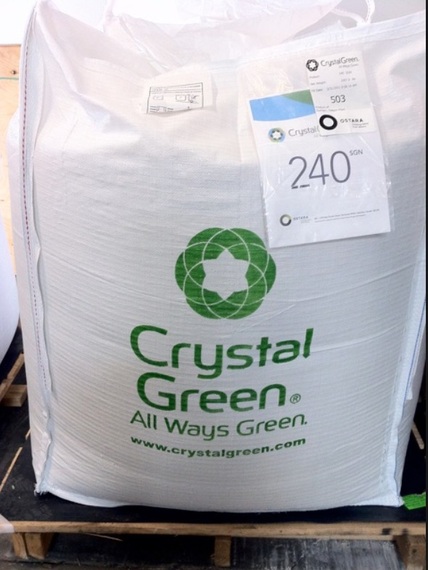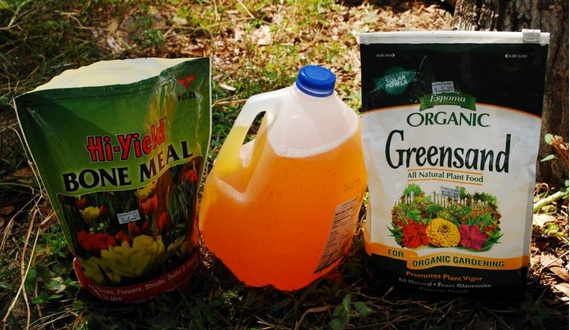Lately there has been a whole lot of talk about golden showers. For most people, showers are something that come in April and fall from the clouds in the sky, not something you go to Russian hotel rooms to find. That is as it should be. Instead we are focusing on urine and its relationship to our soon to be inaugurated PEEOTUS. 
In general, urine is something we think about only when we have to find a bathroom. Some exceptions: If you are into water conservation you may ascribe to the 'if it's yellow let it mellow' school of toilet flushing. If you have prostate issues, well, you have my sympathies.
But there is a good way that urine can go with showers. Urine comes out of you sterile- so even if you are a 'germaphobe' it is safe to use. It also contains all of the necessary plant nutrients. 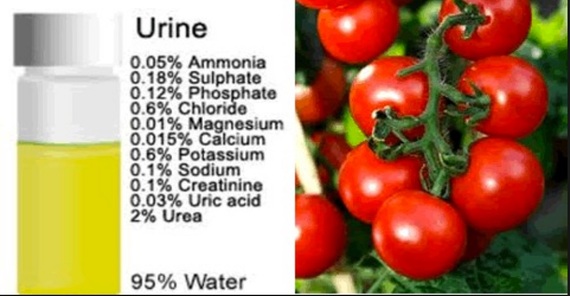
So- with a little dilution- you can combine that urine with those April showers (or water from the hose or tap) and get truly spectacular May flowers (http://www.greenbasket.me/2013/10/21/the-fall-garden-using-urine/)
). To get you on a new form of protest or at least to get your mind off of the Manchurian Urinate- here is a basic guide to how you can put your pee to good and productive use- as a way to fertilize plants without any soiling of sheets or public office.
Urine typically contains high concentrations of nitrogen and phosphorus- the two plant nutrients in highest demand. In fact the form of nitrogen in urine- urea- is also found in synthetic fertilizers. Historically the value of human waste as a source of nutrition for plants was well accepted. The 'night soil' of China and Japan kept their soils highly productive for centuries. It was the germs in the poop, not the pee that sparked public health concerns about direct addition of human waste to soils. 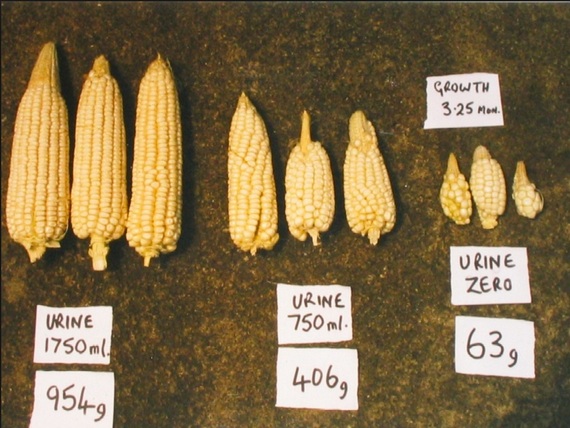
Now the pendulum is swinging back and urine diversion and direct use being considered as a way to bring sustainable sanitation to much of the world. Studies in the peer review literature have shown that pee is as good or better than commercial fertilizer for growing crops.
You can even make crystal fertilizer from your pee. Many wastewater treatment plants are now producing struvite- a white crystal- that contains magnesium, nitrogen and phosphorus and selling it to fertilizer dealers. This same fertilizer is often found in kidney stones- clearly our urine is a highly enriched liquid.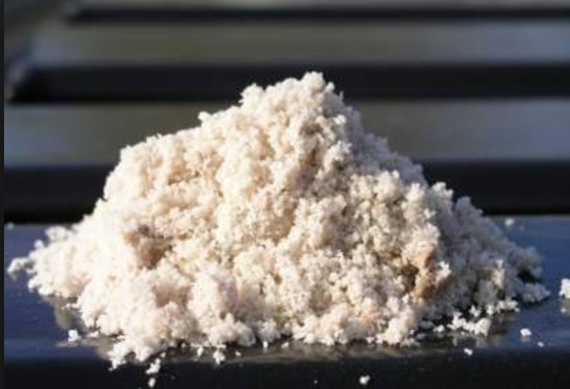
If you want to try this at home, a general rule of thumb is to dilute your pee with water before you add it to plants. The first thing you have to do is collect it- that is right- pee in a cup or container. This is much easier to do if you are male but women can do it too. A container is not that hard to aim into and you can always pretend that you are aiming for that orange face if it makes you happy.
Once the urine is in the container you need to dilute it before you pour it on the soil. About 1 part pee and 4 parts water is a good blend. You can start with houseplants and move on to flowers and even vegetables. Use it fresh because the germs will come with time. If you do this- I promise your plants will flourish. While it may not be as scintillating or as good a source of puns (http://www.huffingtonpost.com/entry/stephen-colbert-addresses-golden-shower-claims-like-a-whiz_us_58777f04e4b092a6cae56981?ncid=engmodushpmg00000003) it is one small action you can feel good about.
